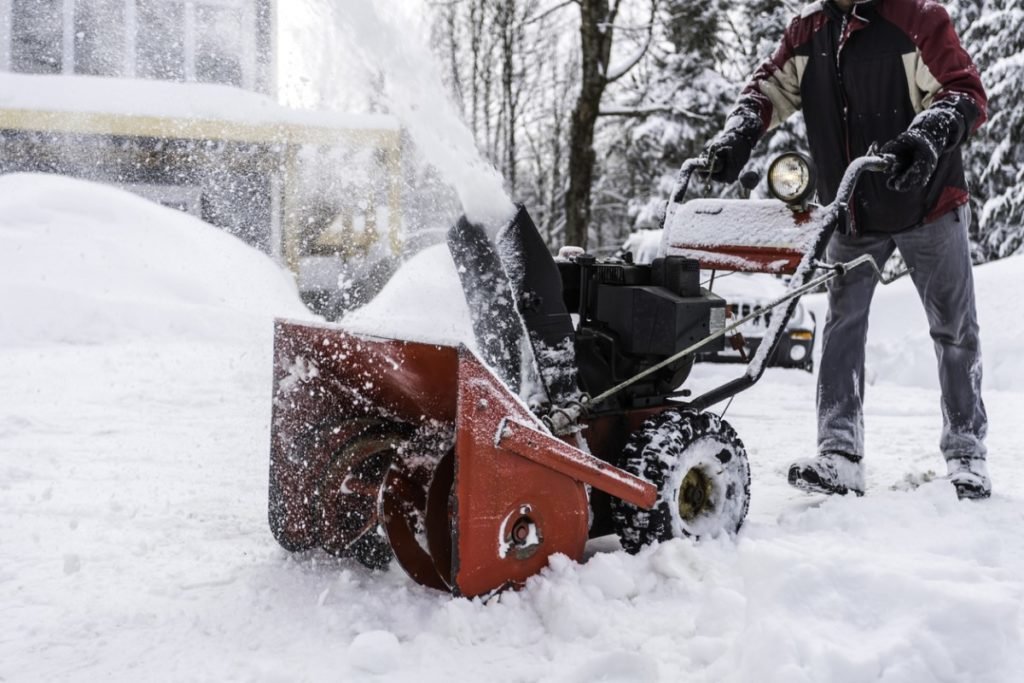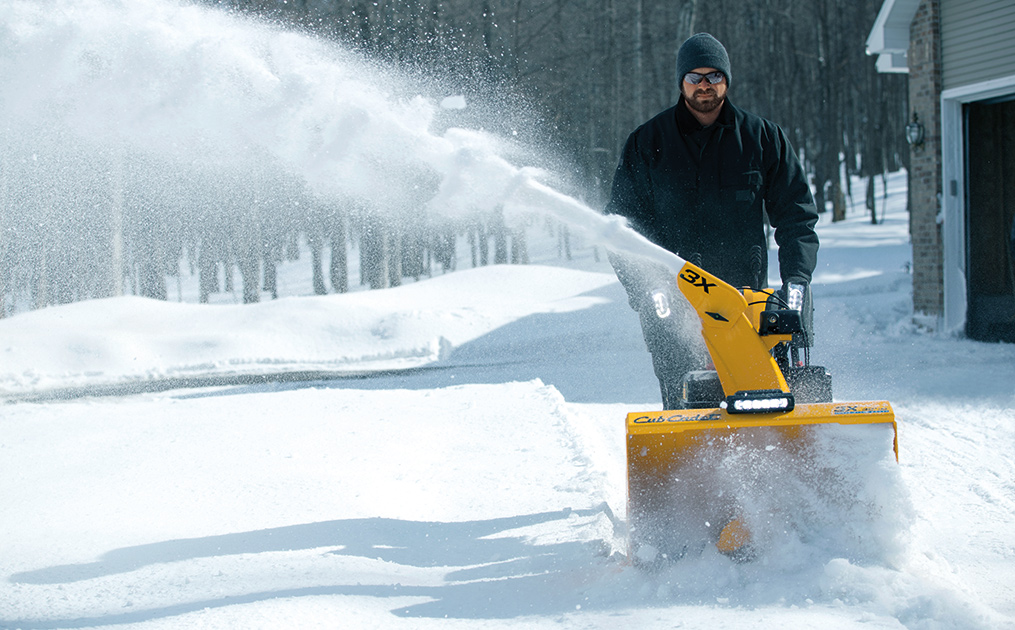Buying a snow blower is a big investment. If you’re putting your hard-earned money, time and energy into owning and operating a snow blower, you should also consistently and properly maintain your snow blower so you can extend its lifetime and get the most out of your machine.
To help you do just that, we’ve outlined five snow blower maintenance tips you should follow to keep your machine running smoothly.
Before getting into our maintenance tips, make sure you’re practicing safety first when inspecting, cleaning or repairing your snow blower. Always stop the engine and stand behind the snow blower’s handles until all parts are no longer moving before starting work on the machine. Also, disconnect the spark plug and remove the ignition key to keep the engine from accidentally starting.
1) Follow Your Snow Blower’s Maintenance Schedule
The best way to take care of your snow blower is to follow its maintenance schedule closely so the most important parts are always in tip-top shape and performing how they’re supposed to.
Your snow blower’s operator’s manual should include a maintenance schedule for your specific unit. Below, we’ve laid out a few key tasks you should perform throughout the snow season to help maintain your snow blower:
- Change your snow blower’s engine oil after the season’s first five hours of use and again after every season.
- Check the oil and clean the area around the exhaust after every use or every five hours of use.
- Inspect your snow blower’s spark plug and lubricate the gear shaft when snow season is over, or every 25 hours of use.
- Service your snow blower’s spark plug when snow season is over, or every 100 hours of use.
2) Keep Your Snow Blower’s Fuel and Oil Fresh
This may seem like an obvious tip, but you might be surprised to learn how often snow blower owners ignore or forget to regularly check their snow blower’s oil or add fresh fuel.
The oil in your snow blower should be changed before every season, after the first five hours of use and again after every season (or after 50 hours of use – whichever comes first). It’s also good for engine health to check the snow blower’s oil after each use (or every five hours). Be careful not to overfill your oil or allow the fuel to completely run out during operation.
Snow blower starting issues often come from using stale fuel so you want to start each snow season with fresh fuel in your snow blower so make sure you empty the gas tank or at least use stabilizer before storing the machine for the off-season. Check your operator’s manual for exact instructions for fuel removal and off-season storage recommendations.
3) Regularly Inspect Your Snow Blower
You should always inspect your snow blower for loose nuts and bolts and worn down or damaged parts before the start of every season and when you’re preparing to store the machine for the off-season. A thorough inspection will help guarantee your snow blower is in good working condition and keep anyone who’s operating it safe.
Tighten the snow blower’s nuts and bolts, check the tire pressure and examine the spark plug, belts and control levers to ensure all are working properly.
You should also do that same inspection regularly throughout the snow season so you’re aware if frequent use of your snow blower has shaken anything loose or caused any damage.

4) Keep Snow Blower Replacement Parts On Hand
If you’re inspecting your snow blower on a regular basis throughout the snow season, it’s possible you’ll come across a part that needs to be replaced.
If you already have that part in your garage or shed, you won’t have to make a trip to your local hardware or big box store to get the part you need. Instead, you can simply replace it on your snow blower and get back to clearing your driveway.
Storing extra skid shoes, shear pins or drive belts for when you need them most can save you serious time. For a breakdown of snow blower replacement parts you should always have on hand check out this snow blower parts list from Troy-Bilt.
5) Get to Know Your Snow Blower
To ensure you’re able to maintain your snow blower properly, educate yourself about your specific machine by reading the operator’s manual thoroughly.
The operator’s manual lays out safe operation practices, machine set-up, your snow blower’s controls and features, operation instructions, maintenance, troubleshooting and more. An in-depth read of the manual is the best way for you to become most familiar with your snow blower.






